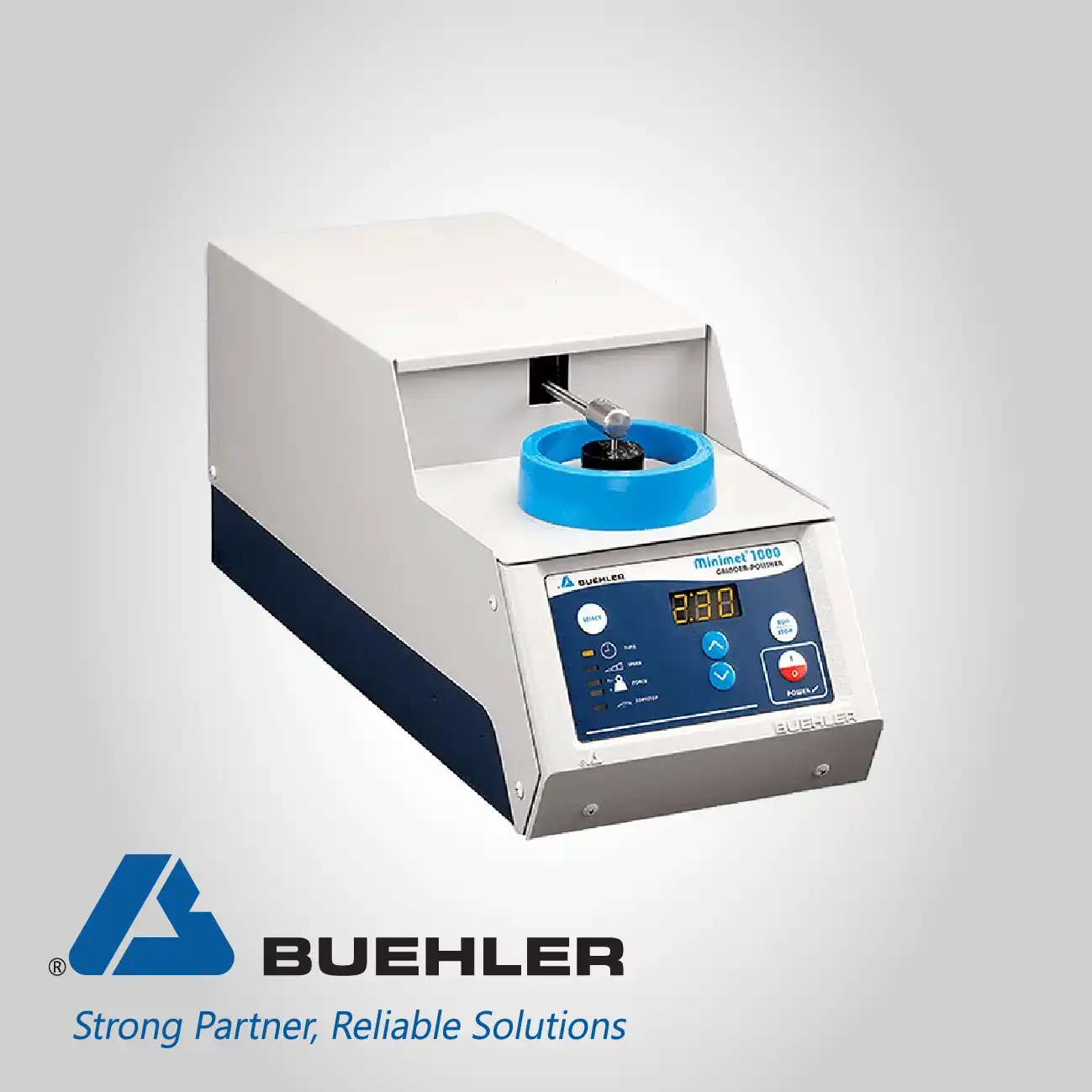
Home » Products » Material Preparation, Analysis, and Testing » Etching Systems » Buehler Electropolishing and Etching
Electrochemical Surface Preparation
for Metallographic Analysis
Buehler Electropolishing and Etching
The processes of electropolishing and etching represent the critical final stages in metallographic sample preparation, aiming to reveal the true microstructure of a material specimen. Electropolishing operates on an electrochemical principle, removing a uniform layer of surface material to eliminate any damage, deformation, or mechanical artifacts introduced during prior abrasive grinding and mechanical polishing steps.
Conversely, etching involves the selective removal of material from specific microstructural features, typically using chemical or electrochemical methods, to enhance contrast between phases, grain boundaries, and precipitates. The combination of these two capabilities within integrated laboratory equipment ensures that materials scientists can move efficiently from a mechanically prepared specimen to a perfectly revealed and analyzable microstructure.
Eradication of Mechanical Deformation Artifacts
Achieving a truly deformation-free surface after mechanical preparation is a persistent challenge in materials science. The system offers electropolishing as an electrolytic solution, chemically dissolving the surface layer rather than abrading it, thereby completely eradicating the mechanically stressed layer that otherwise obscures the underlying authentic microstructure during subsequent analysis.
Streamlining Workflow for Expedited Throughput
The requirement for expedited throughput in a production or research setting is directly addressed by integrating both electropolishing and etching functions into a single system. This unified capability eliminates time-consuming transfers between dedicated equipment, streamlining the workflow and significantly reducing the overall preparation cycle time per specimen.
Guaranteeing Reproducibility via Precise Parameter Control
Controlling the precise extent of material removal is crucial; excessive removal can alter the microstructure, while insufficient removal leaves artifacts. The advanced equipment provides the user with precise parameter control over current density and time, ensuring highly reproducible and controlled material removal necessary for consistent, reliable specimen finish across multiple batches.
Achieving Uniform Contrast Through Controlled Etching
Traditional chemical etching relies on subjective immersion times and often results in uneven or over-etched surfaces, making interpretation difficult. The electrochemical etching function provides a controlled potential or current application, yielding a more uniform and selective contrast enhancement, which is vital for clear visual differentiation of phase boundaries under microscopy.
Enhancing Process Consistency and Minimizing Handling Risks
Specimen cleanliness and rinsing are often laborious steps contributing to preparation inconsistency. By integrating the electropolishing and etching processes, the system inherently supports a more self-contained and repeatable procedure, minimizing the handling risks associated with aggressive reagents and promoting a higher standard of laboratory safety and consistency.
Optimizing Preparation for Soft and Duplex Materials
The equipment is specifically engineered to overcome the inherent difficulty of preparing soft or duplex materials that are easily susceptible to smearing, pitting, or relief during mechanical polishing. The non-contact nature of electropolishing offers a gentle, artifact-free preparation route where traditional abrasive methods consistently fail to yield optimal results.
Supporting High Contrast for Quantitative Image Analysis
For materials intended for advanced quantitative image analysis, achieving high contrast between microstructural constituents is mandatory. The system’s etching functionality is optimized to selectively attack specific components, ensuring the resulting contrast is sharp and distinct enough for automated phase measurement and grain size determination by imaging software.
Ensuring Accurate Mechanical Property Measurement
Ensuring the specimen is free of artifacts is paramount before proceeding to hardness testing. The combined preparation system ensures that the specimen's final surface is perfectly flat and free of induced strain, guaranteeing that micro and macro hardness measurements reflect the material's genuine mechanical properties rather than measuring a preparation-induced anomaly.
Click here to know more about Buehler products






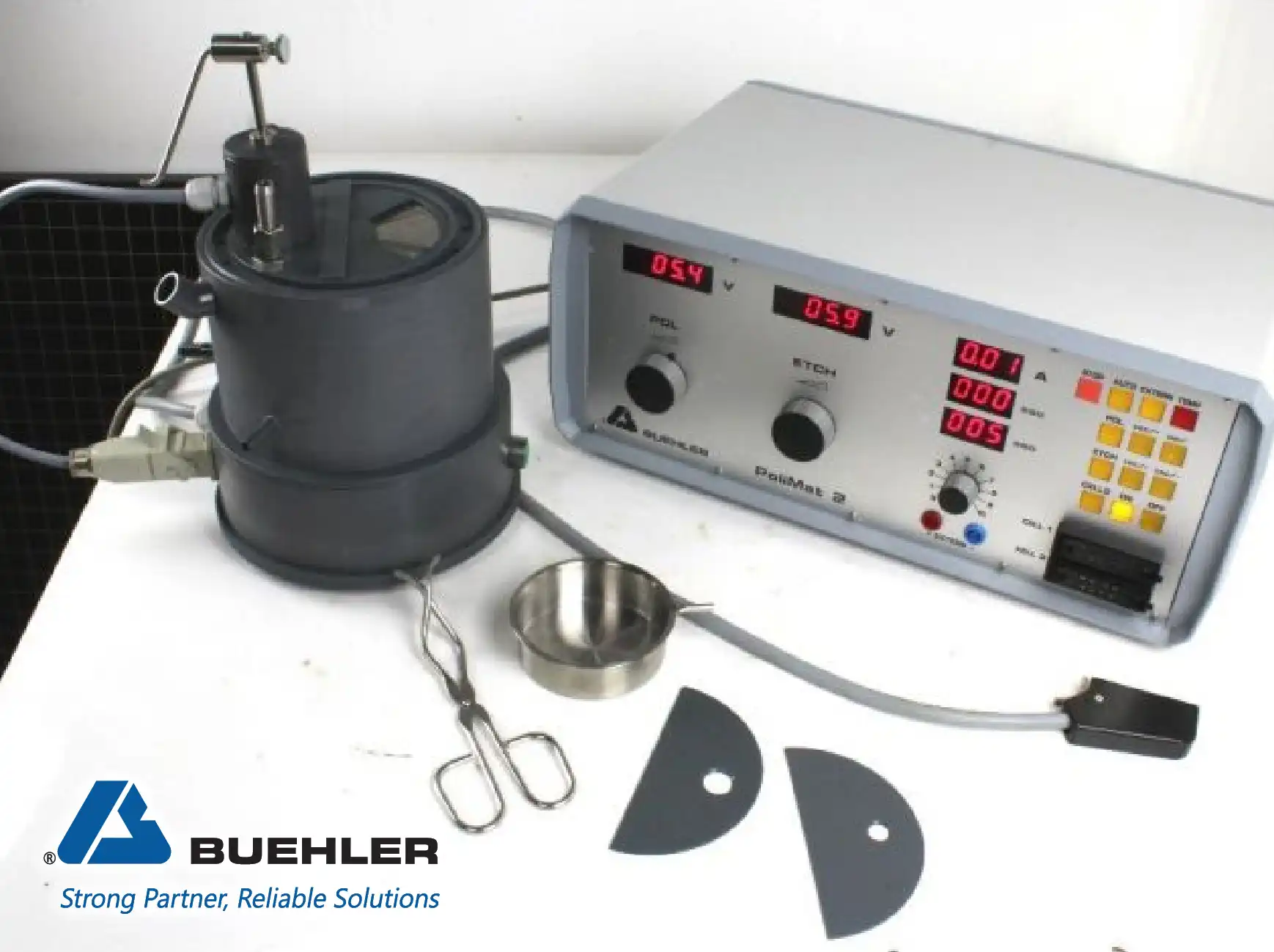
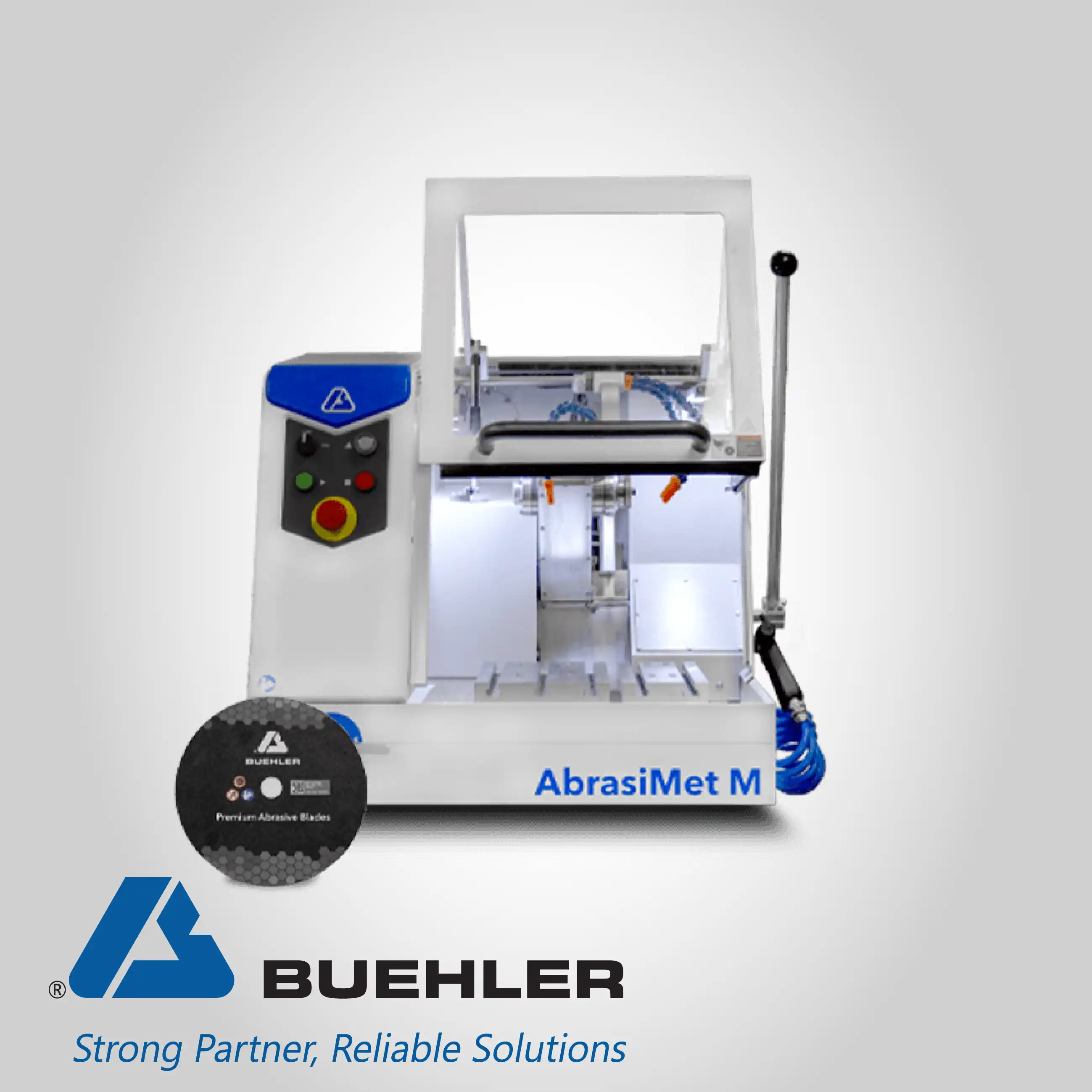

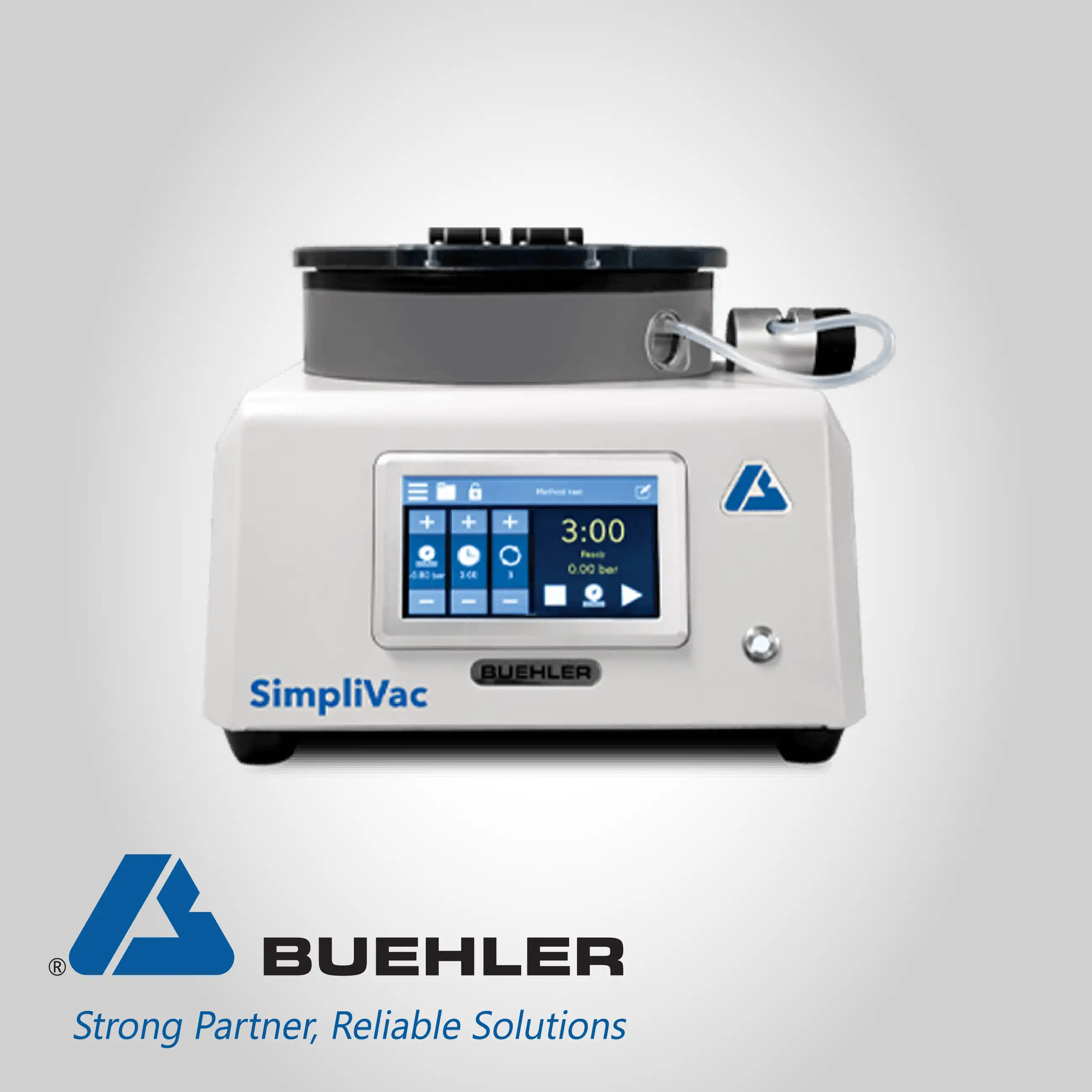



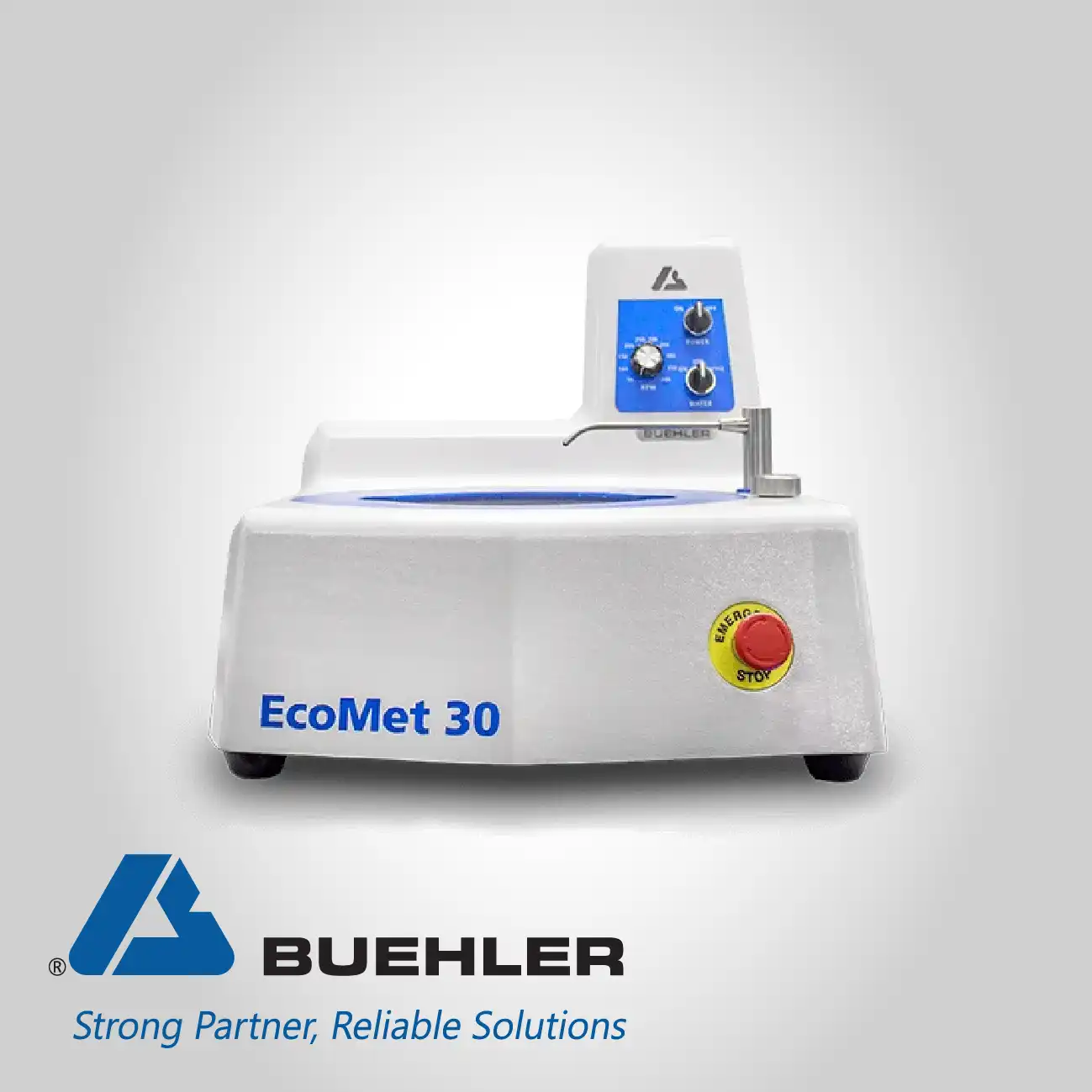
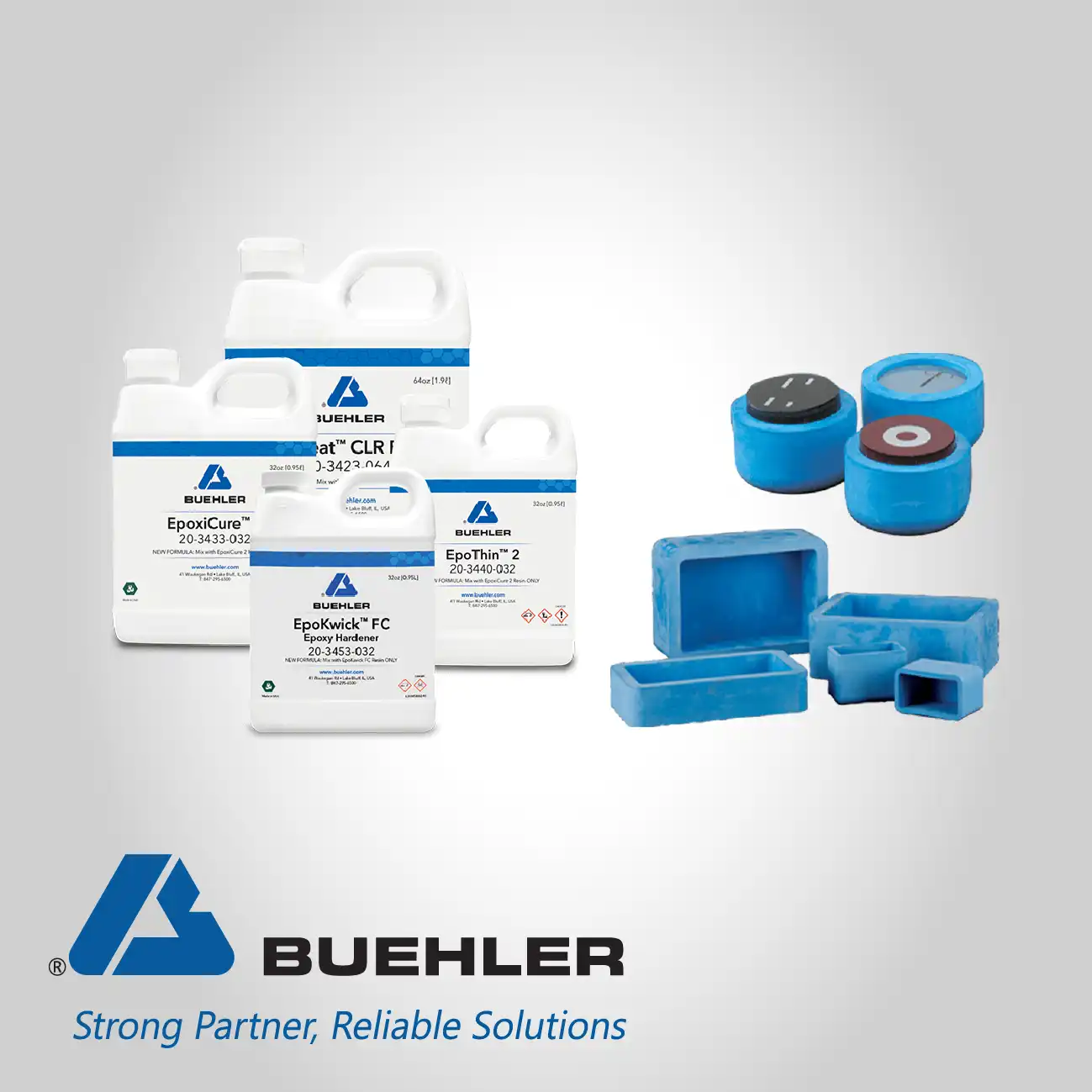


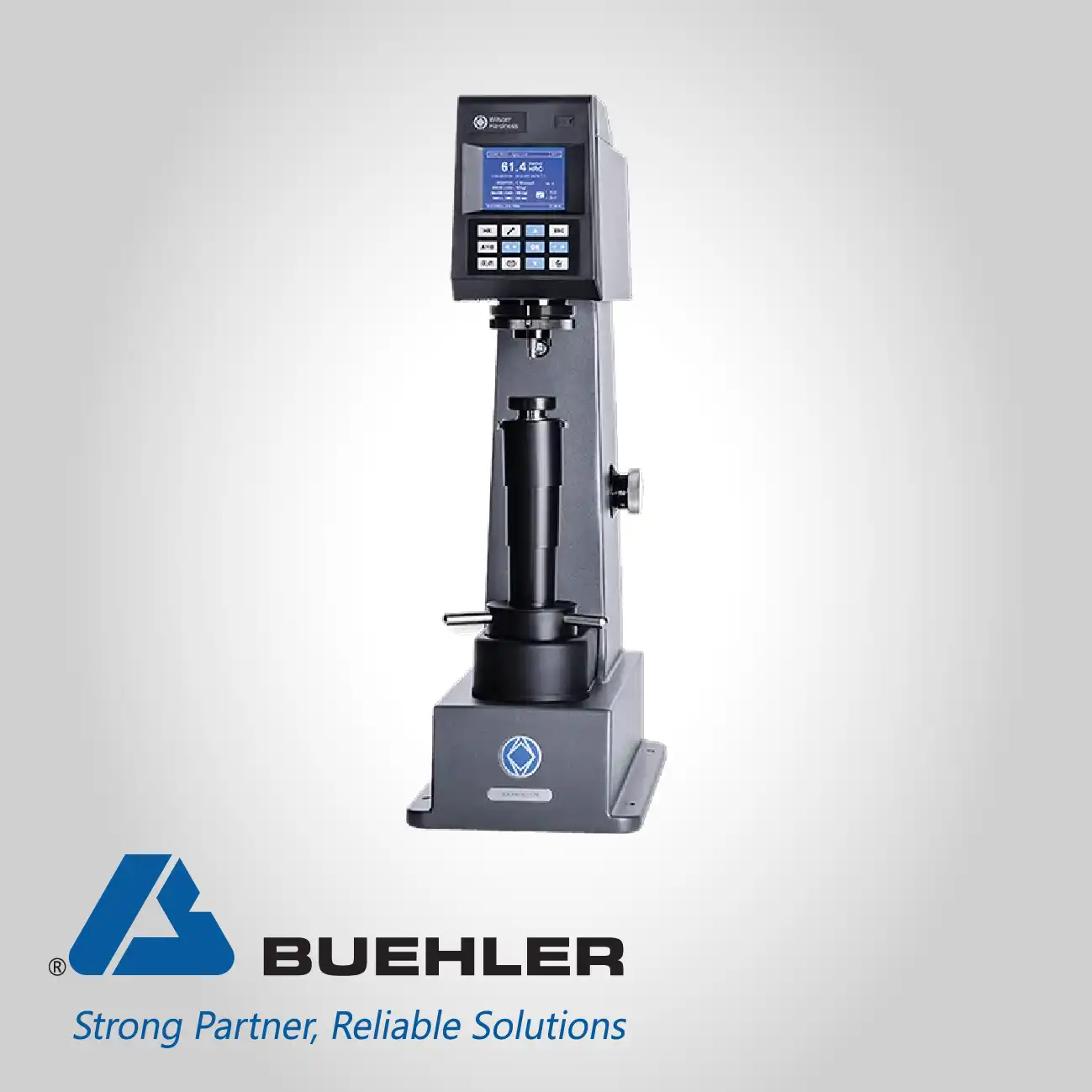
.webp)

